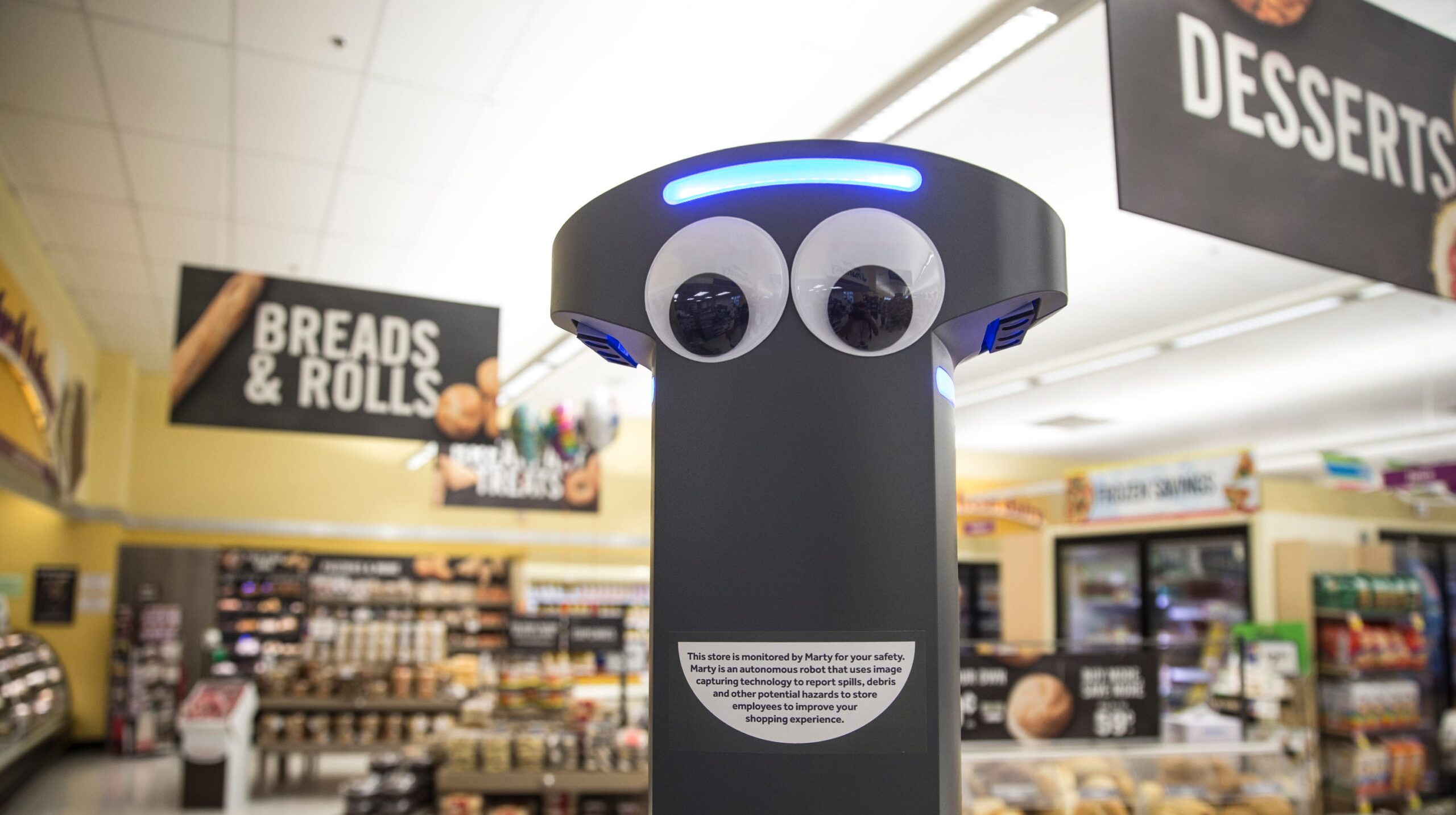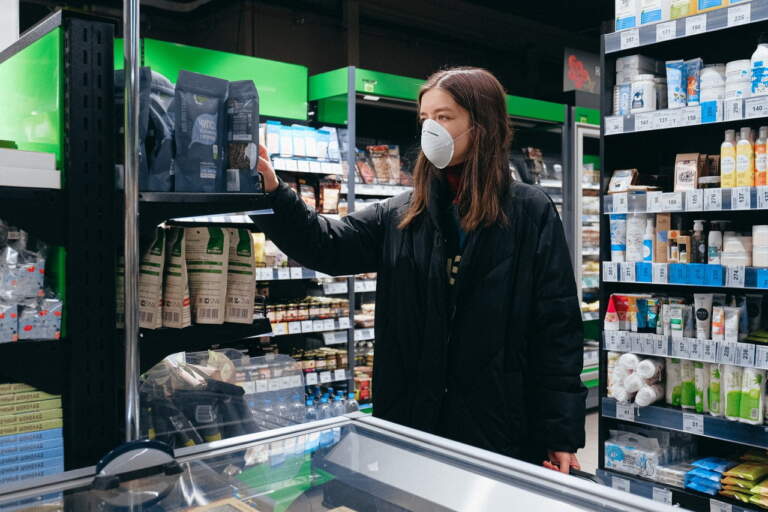Introduction:
Due to the pandemic of COVID 19, automation of robots in grocery retail stores is renovating consumers shopping practices by providing a more hygienic environment. Now robots are wandering the aisles of Walmart and other grocery stores. Examining inventory, cleaning up spills and possibly replacing workers. Robotics is coming to a supermarket near you.
By automation of robots in grocery retail stores, grocers are discovering ways to lessen the load on store workers. It will help in enhancing efficacy during stopping of a surge of shoppers at stores and ordering online during the calamity. They think robots and AI could provide solutions that can help them bring down costs and improve store operations.
According to Bill Bishop, co-founder of retail and grocery consulting firm Brick Meets Click.
“There’s vigorous interest in moving quickly in this direction as everyone knows they need to enhance their game to stay competitive and it’s eventually more economical to mechanise than staff up, particularly in today’s labour market.”
Experts say the catastrophe may speed up automation of robots in grocery retail stores and grocers’ use of robots in stores.
“I strongly believe that the existing health issues will accelerate the implementation of robots in retail,” said Steven Keith Platt, research director for the Retail Analytics Council and adjunct professor at Northwestern University. “Short-term, this is to address health concerns” of workers and customers, he said. Over the long term, robots in stores will stock shelves and prepare food
The Alpha Bot:
Previously, Walmart revealed its Alpha-bot robotic system, an automatic system that is set to reform grocery order fulfilment by allowing quicker, more efficient order picking. Operating inside a 20,000-square-foot warehouse-style space, Alpha- bot uses autonomous carts to retrieve ambient, refrigerated, and frozen items ordered online for grocery pickup. After it retrieves the items, Alpha- bot delivers the products to a workstation, where a Walmart associate examines, bags, and delivers the ultimate order.
Alpha bot robot combines e-commerce and brick and mortar methods of providing customers, and it may be a portent of things to come.
According to Brian Roth, Walmart’s senior manager of pickup automation and digital operations:
“By compiling and delivering orders to associates, Alphabot is reorganizing the order process, allowing associates to do their jobs with better speed and efficiency, eventually, this will reduce distribution times, enhance precision, and improve the totality of online grocery. And it will assist free associates to give emphasize on service and selling, while the technology operates the more tedious, and repeatable assignments.”
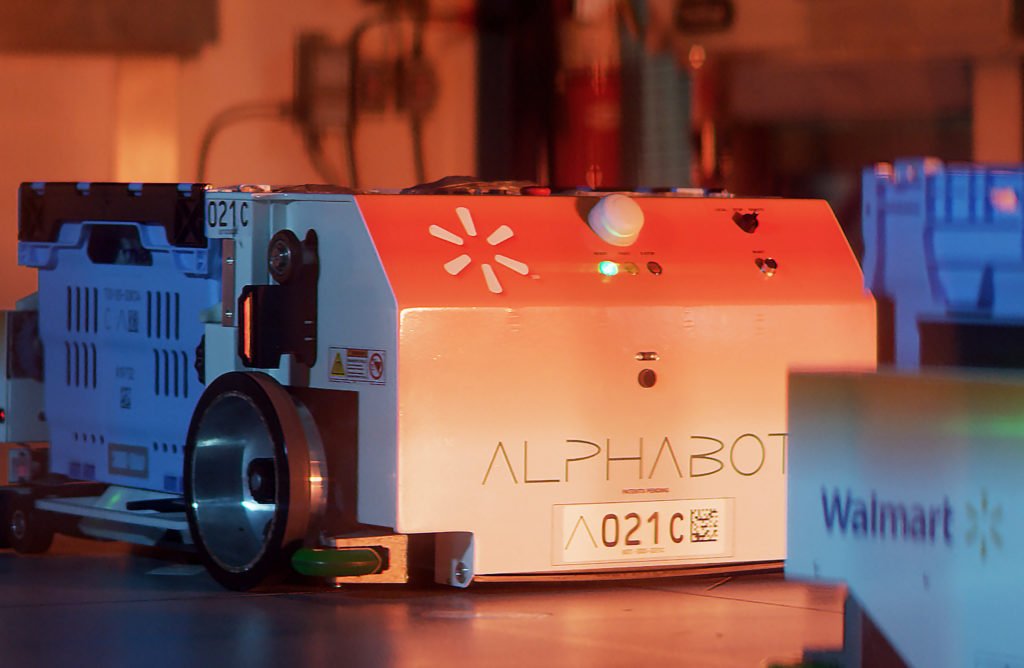
As customers continue to demand e-commerce alternatives, the online grocery order business is likely to continue growing especially in the new reality of social distancing to assist in avoiding the novel coronavirus that causes COVID-19. As grocers make effort to ride out the present pandemic, as well as meet customers’ expectations into the future, robotic technologies, such as Alphabot, will aid them to keep up.
Limited food retailers are ready to completely restore their business models to adapt the available technologies, but many, like Walmart, are taking steps toward enhanced automation. For example, in 2018, Kroger launched Kroger Edge, digital shelves that display prices, nutrition facts, coupons, and video ads, which can all be updated from a central source. Ultimately the idea is to link the shelves to shoppers’ smartphones to allow for more personalization.
Amazon Go
In February, Amazon rolled out its first large grocery retail store with Amazon “Go” technology. It allows grocery shopping without any checkout procedures. The store utilizes computer vision, sensor fusion, and deep learning technologies. It allows customers to actually “grab and go,” without any checkout lines or cashiers. The technology automatically identifies when products are taken from or returned to the shelves and keeps track of them in each shopper’s virtual cart. Shoppers’ Amazon accounts are charged for purchases when they exit the store. Whilst the new store, located in Seattle, is the first full-size grocery store of its type across more than 10,000 square feet, the company was already operating 25 Amazon Go convenience stores with the same concept.
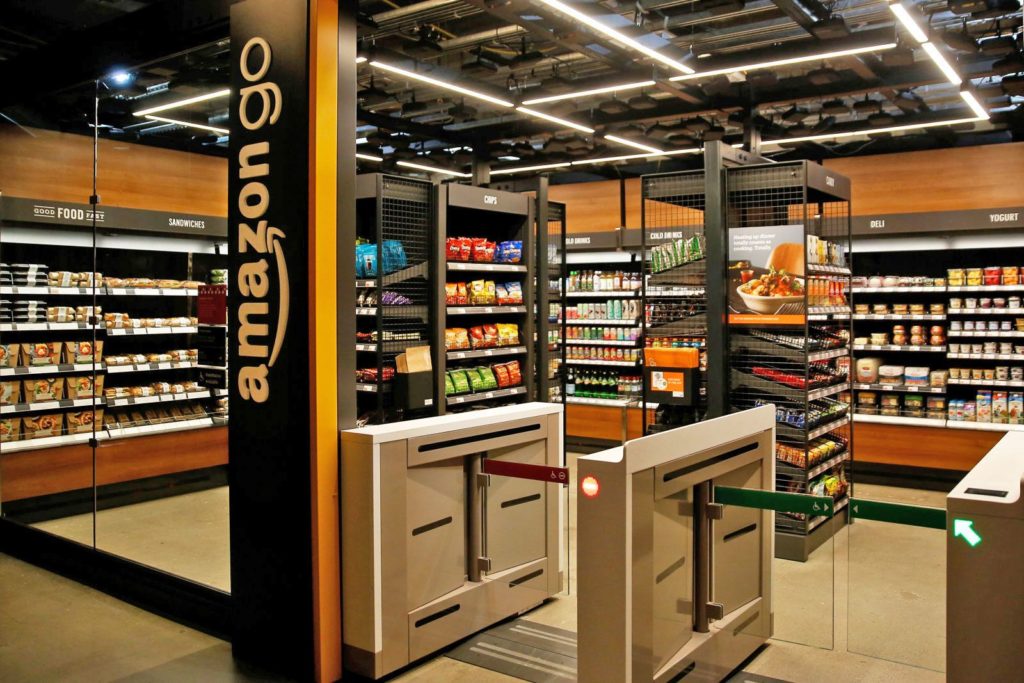
Tally:
Simbe Robotics’ independent shelf-scanning robot, Tally, has been used in Schnucks Markets and Giant Eagle stores. This zero-maintenance robot has more than forty sensors. These allow it to evade obstacles as it navigates the floor to scan shelves. Tally can examine 15,000 to 30,000 products per hour. It is possible by auditing inventory through the help of cameras, computer vision and machine learning. It can recognize prices, product placement, availability and special promotions.
According to Bogolea:
“Tally tactically roams up and down store aisles, silently scanning shelves and identifying out of stock, misplaced and mispriced items. The data Tally collects about shelf health helps store teams by automating the monotonous and dreaded task of an inventor. As well as freeing up human workers to service customers in-store, enhancing the shopper experience.”
Stores can utilize the data Tally collects in real-time, so they can improve products on the shelves. This also helps them make improved ordering and product placement decisions while analysing trends. Then the store shares the data with retailers’ consumer packaged goods (CPG) brand partners to make better business decisions.
Bogolea added:
During the coronavirus outbreak, we are seeing exceptional surges in demand for not only products in-store but retail staff within the country. Our partners have responded by making their stores more accommodating by adjusting their operations. Which safeguard the elderly and other at-risk. Communities have time to shop without crowds. And giving store teams adequate time to restock and sanitize. We know that some stores are adapting Tally’s traversal times to best support their adjusted hours,”
Tally’s data is also helping customers find things easier inside the store. Schnucks Markets integrated Tally’s product location information into its customer-facing app. It aids both shoppers and newer employees with the store layout. As well as find the precise product location in real-time, down to the aisle and shelf section.
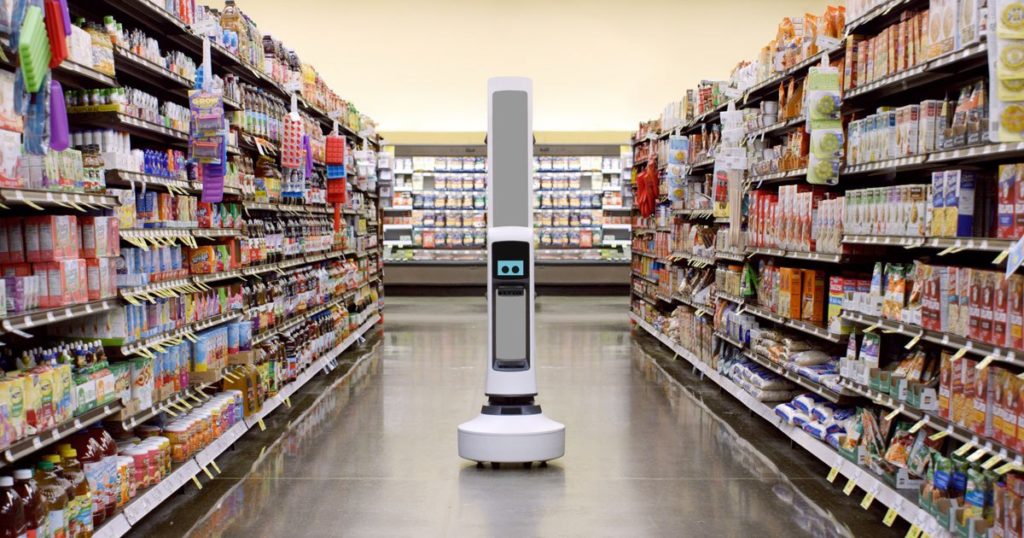
“For shoppers, experiencing out-of-stocks can be annoying. Statistically, we know that two out of five shoppers confront empty shelves in place of the products they are looking for. It is simply due to retailers not optimizing their inventory. For customers, Tally helps retailers confirm the products they are looking for are in stock, priced appropriately. And where they are likely to be on the sales floor, improving the overall shopping experience,” Bogolea said.
As per Bogolea:
Retailers can lean on automation to empower their human team members without replacing the workers. It would lead to job loss. Letting technology like Tally to take on the tedious, time-consuming task of inventory frees up store associates to focus on higher precedent work, like getting items back on shelves as quickly as possible. This dependence on technology to upsurge efficiency and minimalize supply chain disruption in the stores will continue to grow. Consumers’ desires for online grocery ordering and other quick, expedient methods of food shopping have been increasing for several years. Nevertheless, the coronavirus pandemic and the essential social distancing may serve as additional motivation for robotic shopping. In response, grocery retailers should continue shifting their business models to embrace more robotic technologies. Which may bring opportunities for customers to attain the items they need with little personal interaction.
Source: roboticsbusinessreview.com, ift.org, edition.cnn.com, wbur.org, forbes magazine

